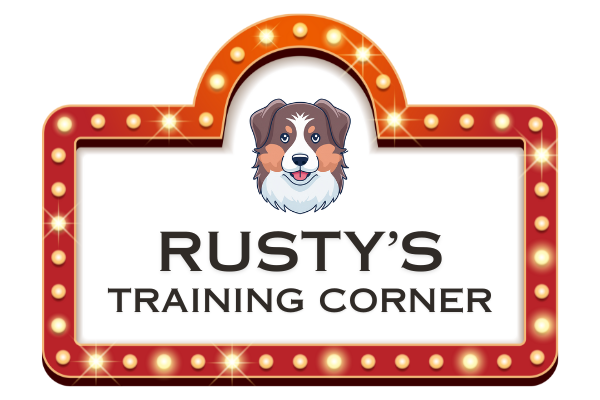- This is another potential life saver cue…
- Biggest mistake is attempting to train “come” when you cannot reinforce the cue. Then it becomes “catch me if you can”.
- Only way to reinforce the cue is to train with a long lead on the dog…
- If you don’t want the expense of a long lead, consider a long boat rope with a hook on the end to attach to dog’s collar…
- Never call your dog to come to you for anything negative, like going in their crate, getting a bath, or to scold them. This will cause the dog to associate “come” with something negative.
- Start by practicing in a “low distraction” environment, like inside the house.
- After lots of repetition, move training to medium distraction environment, like a back yard, and then to a high distraction like a park, but always secure the dog on a long lead, especially when outside of the home!
- Be sure to use higher value treats than normal when training your dog to come when called.
- Always use a high pitch falsetto voice and make “come” very high value with lots of high value rewards and praise…
- Do “Not” ask the dog to sit, down, or anything else when they get to you. This will often confuse your dog into thinking they are being rewarded for that behavior, instead of for coming to you when called…
- Start out by putting a long lead on the dog and delivering the other end to a human helper. Supply the helper with some high value treats and a clicker, if you are clicker training. If not, provide the helper with your marker word, like “yes” or “Good”.
- Have your human helper got as far as they can with the empty end of the leash, then call the dog to come in their best “Ms. Doubtfire” high pitched voice.
- As soon as the dog starts toward them, have them click.
- When the dog gets to the person calling them, have them praise, pet and treat the dog, like this is the jack pot for the dog!
- If the dog does not “come when called”, click and start pulling them to you with the long lead. When the dog gets to you, praise and treat as if they came voluntarily…
- Transfer the empty end of the leash to the other person, holding the dog in place, and have that person repeat the above exercise.
- When training a dog to “come”, never call them unless you have the empty end of the leash so that you can reinforce the cue if the dog does not comply.
- A way to practice when you do not have a partner is to walk your dog on a long lead, let them get far from you, get out your higher value treats and call the dog to “come”. When they comply, praise and treat as previously mentioned.
- Training a dog to “come when called” requires LOTS OF REPITITION!
The advice and tips provided in this dog training blog post are based on general best practices and personal experiences. Please consult a professional dog trainer or veterinarian for specific issues or before starting any new training regimen with your dog.




